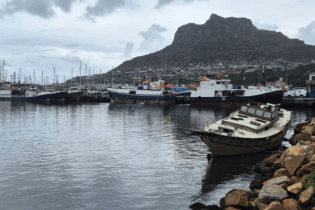Cross-border infrastructure development in Africa has been identified as a key driver for economic development on the continent. By Abbas Jamie.
Africa is still the only continent where travel from North to South, or from East to West is not readily possible. A common misconception persists in the developed world that Africa is a single entity rather than 54 sovereign states. As the African Union Commissioner for Infrastructure and Energy, Dr Elham MA Ibrahim, said in 2010, “The challenges of regional integration are complex, hence the development of infrastructure such as roads, energy and other regional projects are necessary to ease the process.” However, with the realisation that the majority of the world’s fastest-growing economies in recent years were on the African continent, there is also the view that it is this growth that is creating the demand for infrastructure. “Cross-border infrastructure development in Africa has been identified as a key driver for economic development on the continent,” says Abbas Jamie, Aurecon transport industry leader.“This strategy has given birth to the Programme for Infrastructure Development in Africa (PIDA) comprising 51 ‘Priority Action Plans’, which embrace the energy, transport, water and ICT sectors.”
The African Development Bank has moved quickly with the creation of the Africa50Fund, an innovative financing vehicle designed to provide the equity that will attract the $100 billion-worth of African and international capital to implement the PIDA projects. The transportation plan consists of 24 projects valued at $25 billion, the core component being multimodal corridors referred to as the African Regional Transport Infrastructure Network (ARTIN). The purpose of ARTIN is to link major African centres of consumption and production, such as large cities, mines and agricultural schemes, with the rest of the world via modern and efficient regional transport infrastructure networks and gateways. Successful corridors will attract the most traffic, while overall the corridors are expected to grow faster than the continent’s total trade performance. Three important ARTIN corridors that will transform logistics in sub-Saharan Africa are the Northern Multimodal Corridor, which will facilitate travel by people and goods across the borders between Kenya, Uganda, Rwanda, Burundi and the Democratic Republic of the Congo (DRC), with a spur to South Sudan; the North-South Multimodal Corridor between South Africa, Botswana, Zimbabwe, Zambia, Malawi and the DRC; and the Central Corridor between Tanzania, Uganda, Rwanda, Burundi and the DRC. “These transport corridors will forever change the face of the continent,” comments Jamie. “Significant contributors to poverty alleviation, they will be drivers for Africa’s economic and social revival.”







